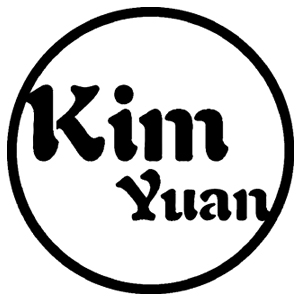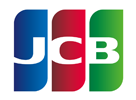Knowledge Popularization: Protective Gloves’ Basic Standards
1. EN420 General Requirements

EN 420 also concerns the glove’s overall fit and feel by testing:
• Sizing and length
• Finger dexterity
Range: The standard indicates detailed requirements: ergonomic requirements, knitting, size, mark, and user’s information.
Marks: Each pair of gloves needs to be marked with manufacturer’s name, style, and CE. If level 3, testing laboratory name must be marked.
| Size | Hand size(mm) Palm perimeter/Length | Min. length of glove(mm) |
| 6 | 152 & 160 | 220 |
| 7 | 178 & 171 | 230 |
| 8 | 203 &182 | 240 |
| 9 | 229 & 192 | 250 |
| 10 | 254 & 204 | 260 |
| 11 | 279 & 215 | 270 |
Dexterity: It has 5 levels. During testing, tester picks up metal bars of different diameters to judge dexterity level.
PH value: All gloves must be tested PH value, and it should be within range between 3.5 and 9.5
2. EN388 Mechanical Risks
The standard states gloves’ protective functions against physical harm and mechanical risks, including abrasion resistance, blade cut resistance, tear resistance, and puncture resistance.
| Character | Level 1 | Level 2 | Level 3 | Level 4 | Level 5 |
| Abrasion resistance (number of cycles) | 100 | 500 | 2000 | 8000 | – |
| Blade cut resistance (index) | 1.2 | 2.5 | 5 | 10 | 20 |
| Tear resistance (N) | 10 | 25 | 50 | 75 | – |
| Puncture resistance | 20 | 60 | 100 | 150 | – |
3. Thermal Hazards
A general standard designed to be used for any glove which claims protection against cold environments. The standard includes two specific tests for assessing thermal insulation: convective cold and contact cold plus other low temperature performance tests inaddition to requirements from EN388 and EN420.
EN 511: Compliance covers cold working hazards such as frozen gases. Performance levels range from 0-4; the higher the number, the higher the protection offered by the gloves.
| Letter Code | Level | Type |
| A | 0-4 | Convective cold-resistance |
| B | 0-4 | Contact cold-resistance |
| C | 0-1 | Water permeability |
| X | Test is non-applicable or unsuccessfully completed |
4. Chemical Hazards
EN374 is the EU test standard for protective chemicals for gloves and microorganisms including some physical properties, mainly about the ability of protective gloves to resist penetration, permeation and degradation. Its applicable products are what we often call non-medical protective gloves, such as PVC protective gloves, nitrile protective gloves, mixed ding protective gloves, PET protective gloves and so on.
EN 374 regulations test gloves for penetration and permeation resistance against chemical and micro-organism hazards. Results are scored 0-6, with a higher numbered result offering more safety.
| Letter Code | Chemical Product | Letter Code | Chemical Product |
| A | Methanol | G | Diethylamine |
| B | Acetone | H | Tetrahydrofurane |
| C | Acetonitrile | I | EthyI Acetate |
| D | Dichloromethane | J | n-Heptane |
| E | Carbon Disulphide | K | Sodium Hydroxide 40% |
| F | Toluene | L | Sulphuric Acid 96% |








